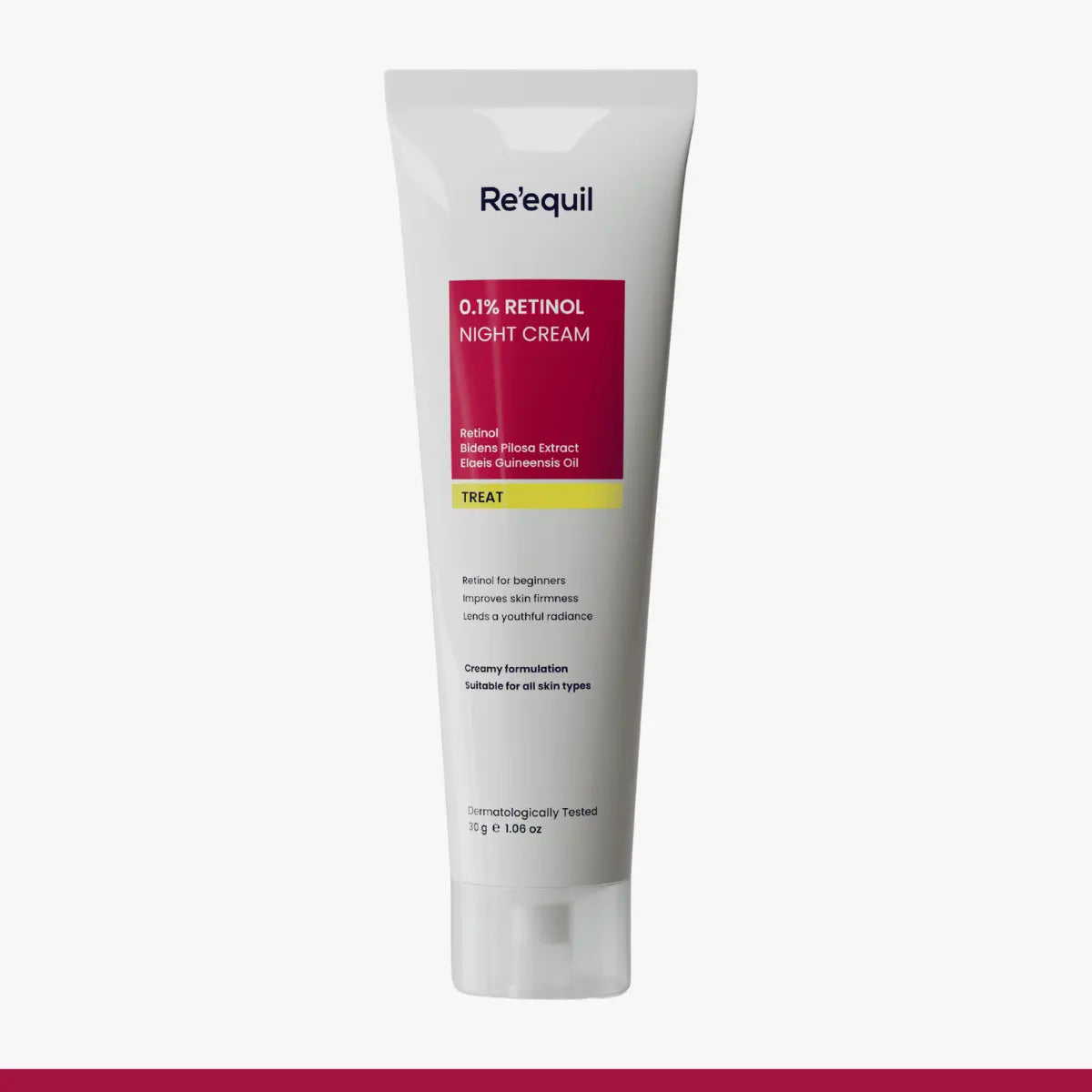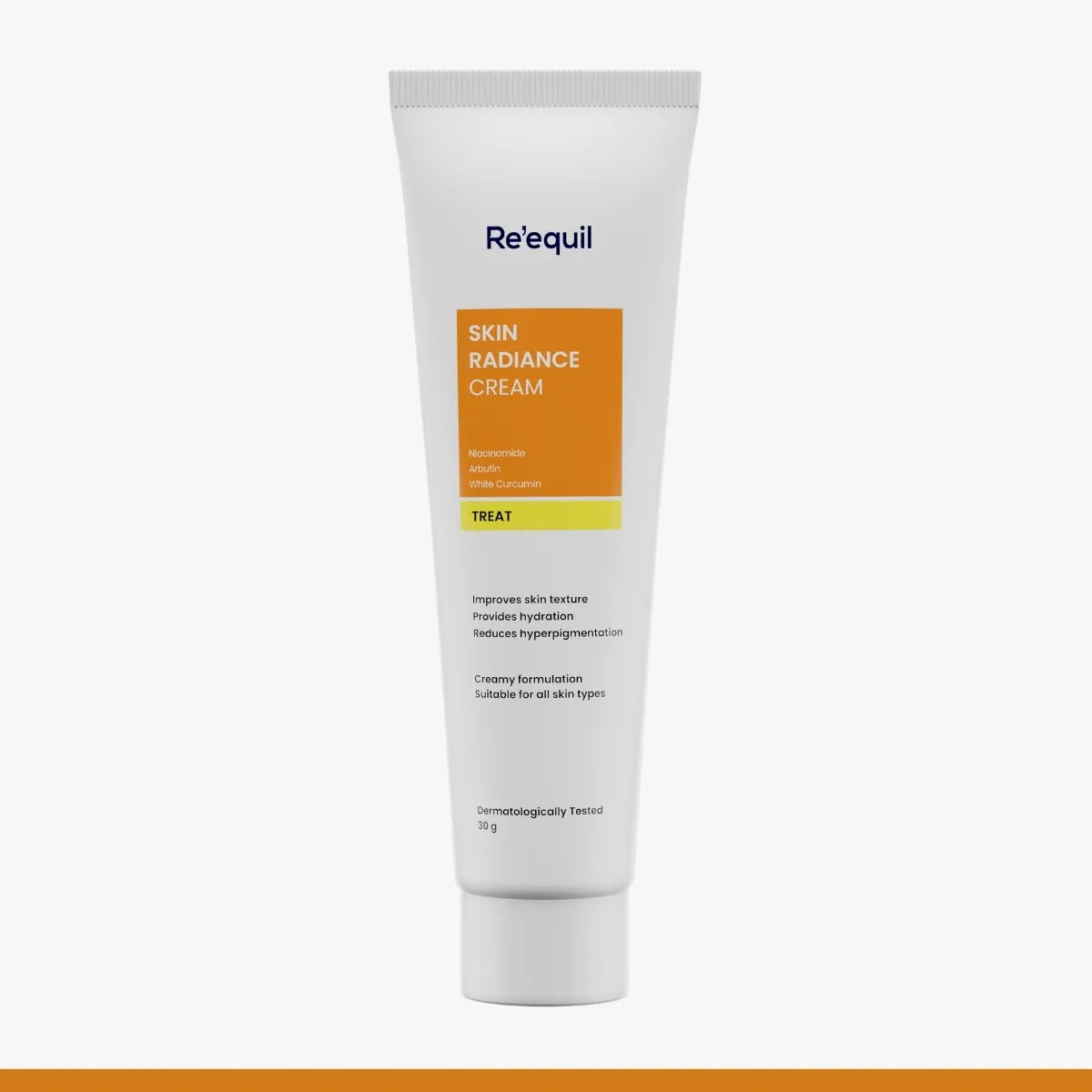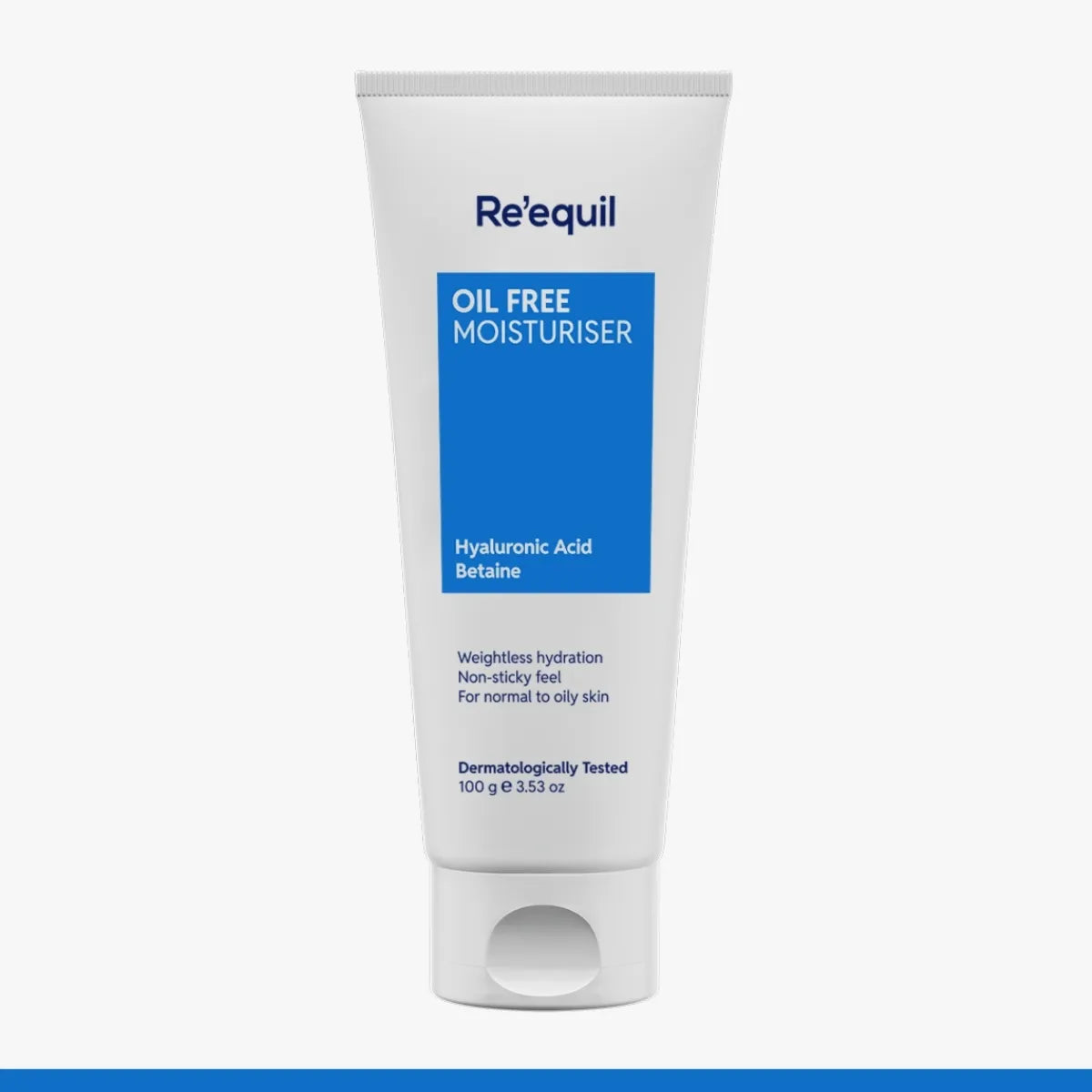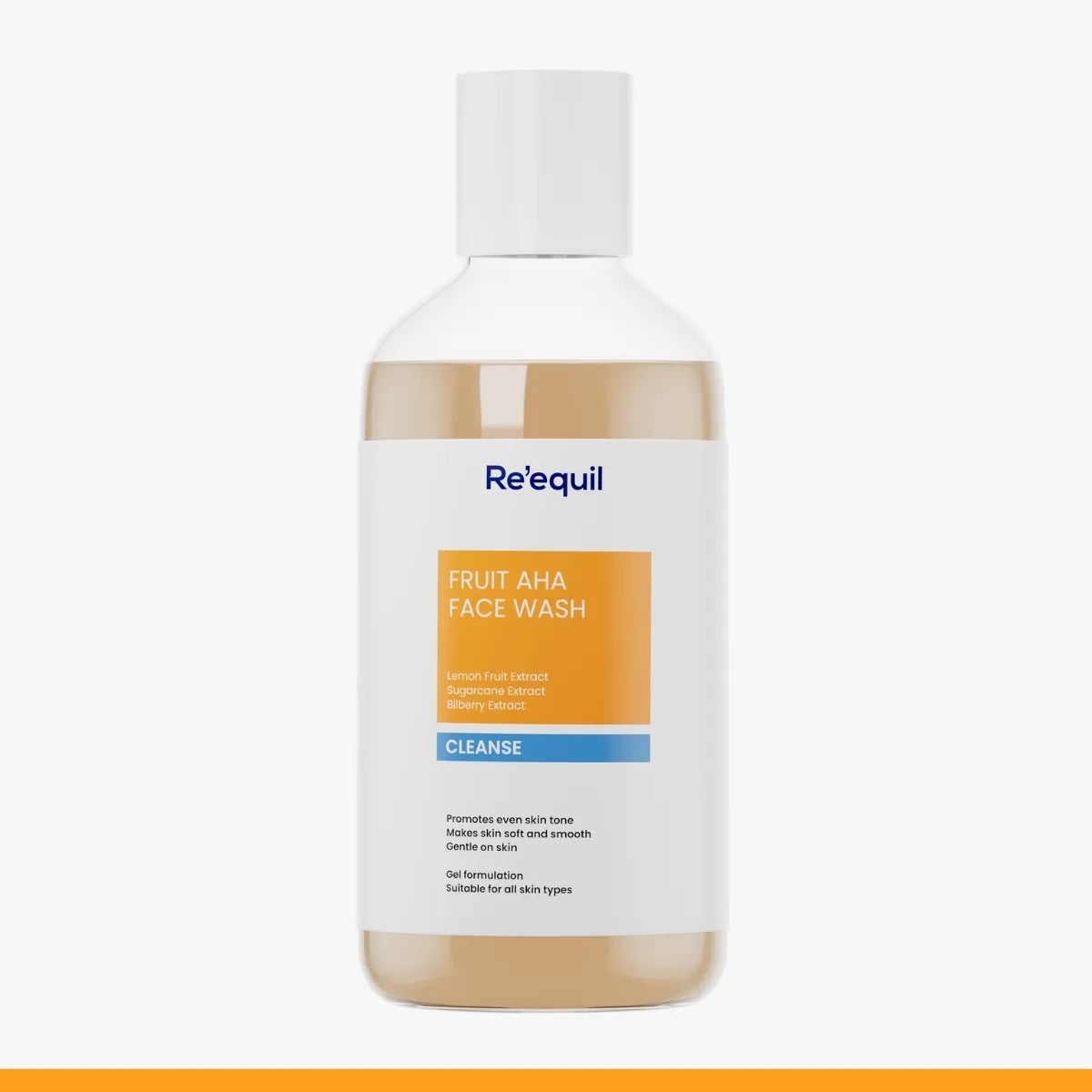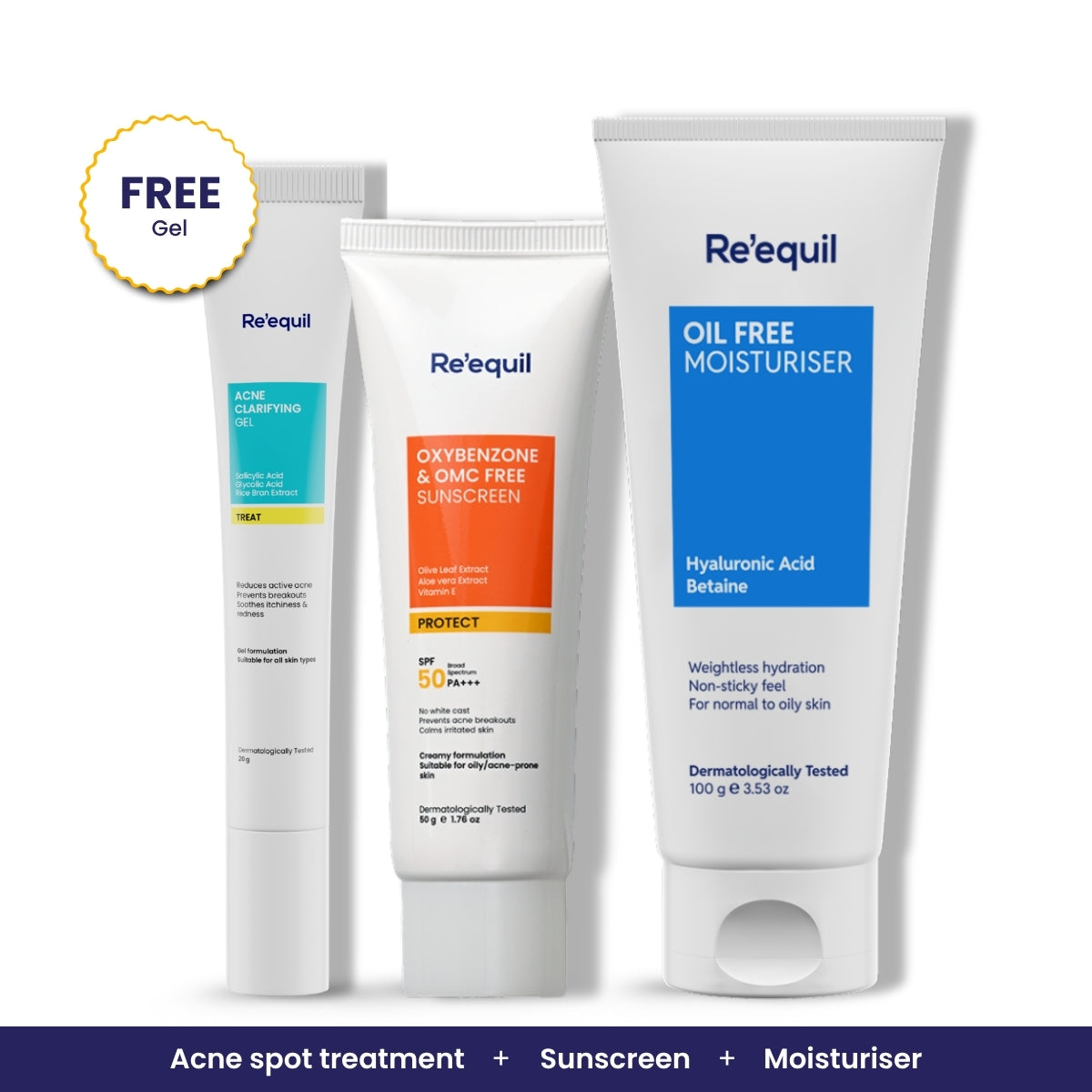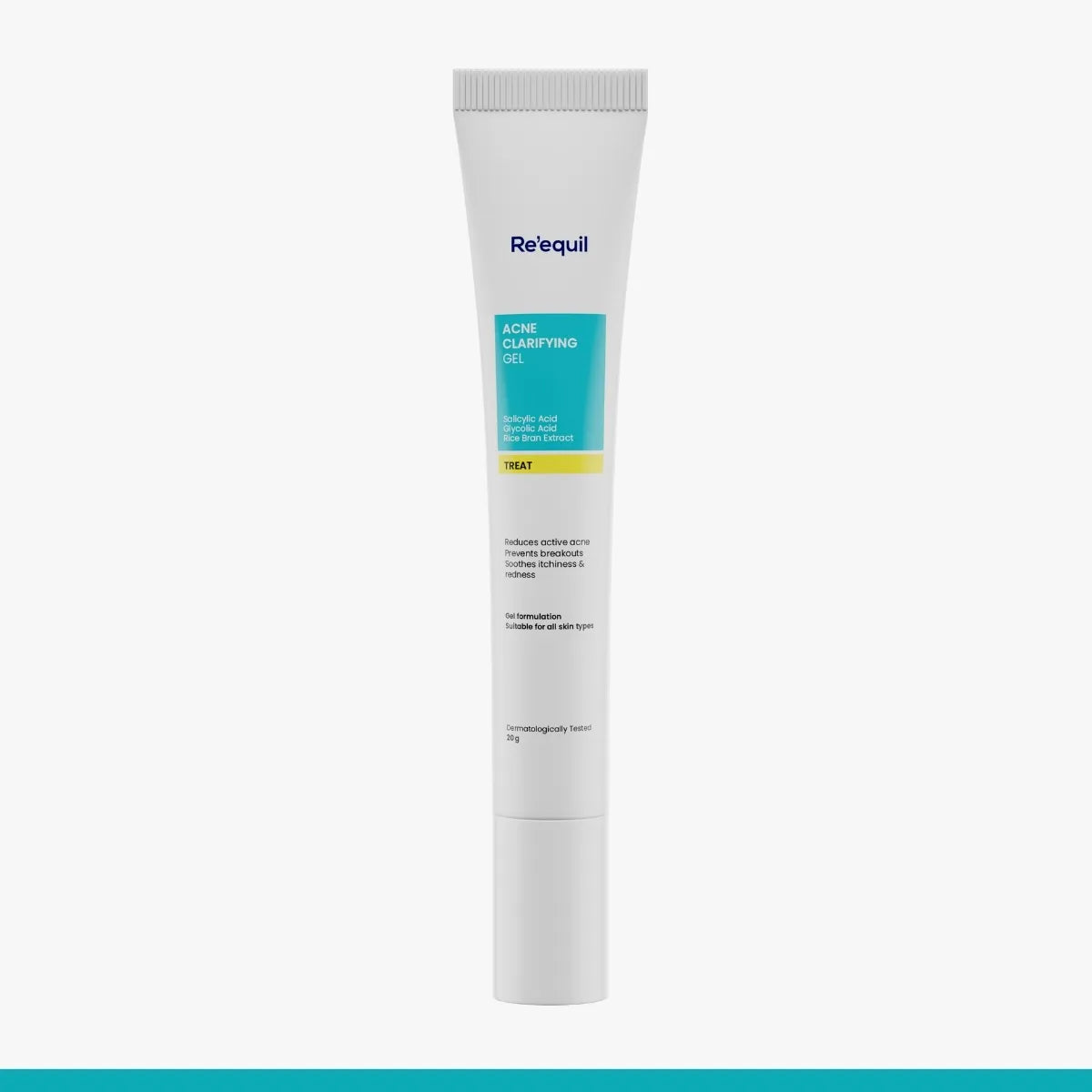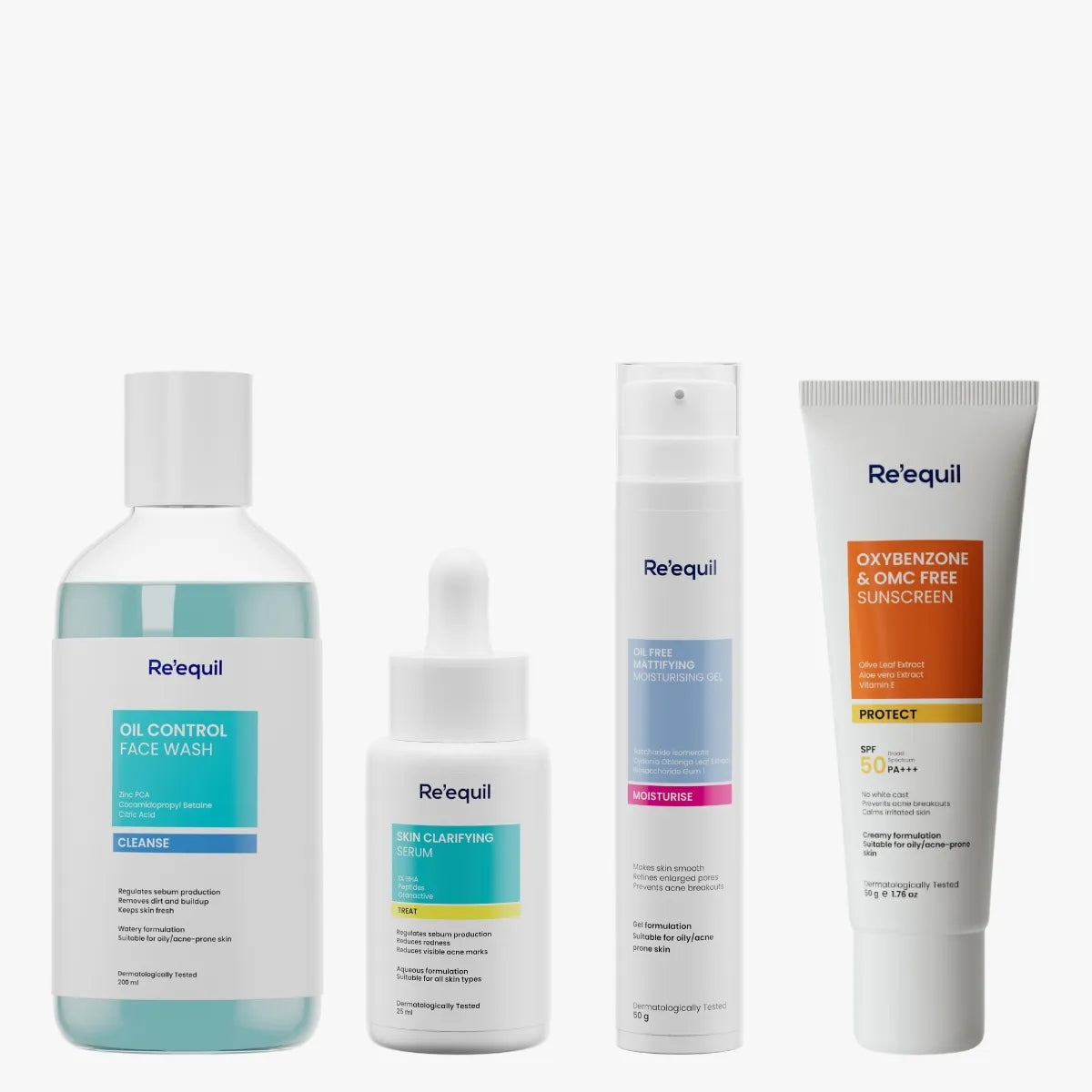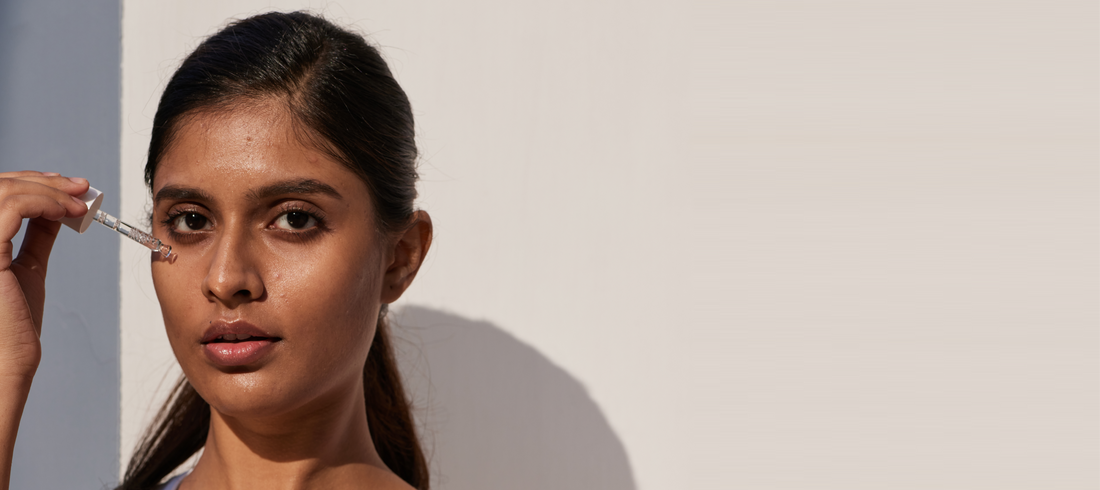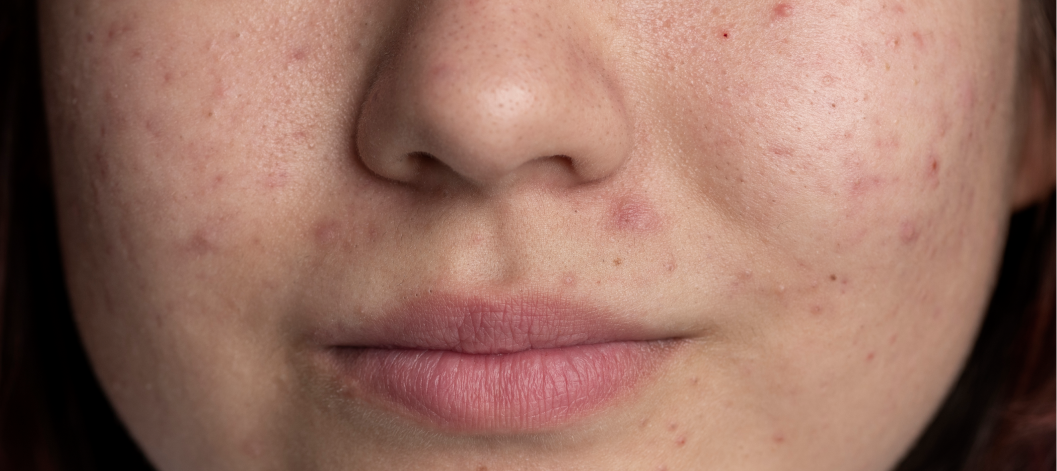Breakouts that don’t go away, even when you’re doing everything right, can feel frustrating.
You double-cleanse, layer your serums, and stick to the routine yet the pimples keep showing up.
One reason might be sitting quietly under your skin every night: your pillowcase.
It collects oil, sweat, and residue over time, and your face spends hours pressed against it.
In other words, the problem might not be your products at all, but the fabric you’re sleeping on.
What happens when your skin presses into the same fabric for hours, night after night?
When you sleep, your face touches your pillow for 6 to 8 hours.
That means everything on the fabric - oil, dirt, leftover makeup, sweat can transfer back onto your skin.
Over time, this buildup can clog your pores and cause breakouts.
A study from the Journal of Cosmetic Dermatology found that friction, heat, and trapped bacteria on skin (like what happens when you sleep on a dirty pillowcase) can make acne worse.
Why cotton may not be the best fabric for your pillowcase?
You might think cotton is great for your skin—but that’s not always true. Cotton soaks up oil, skincare products, and sweat. It also holds on to bacteria and dust.
Over time, this turns your pillowcase into a dirty surface that can lead to clogged pores.
A 2018 study found that the bacteria Cutibacterium acnes, which is linked to acne, grows more in warm, moist places like a dirty cotton pillowcase.
Polyester, a common synthetic fabric, traps even more heat and sweat, making things worse for acne-prone skin.
How often should you really be changing your pillowcase?
Most people don’t wash their pillowcases enough.
Once a week might sound fine, but if you have acne-prone skin, that’s probably not enough.
Dermatologists often recommend changing your pillowcase every 2–3 days to reduce contact with bacteria and oil.
A 2021 study found that unwashed bedding can increase your skin’s exposure to bacteria and allergens, which may make acne worse.
Also, make sure you’re using a gentle, fragrance-free detergent to avoid irritating your skin.
Why silk and bamboo pillowcases may be better for your skin?
Silk and bamboo pillowcases are smoother and absorb less oil and product than cotton.
This means they’re less likely to pull moisture from your skin or hold onto bacteria.
A 2022 study found that bamboo fabrics reduce bacteria buildup by up to 70% compared to cotton.
These pillowcases are also softer, which means less friction on your face, especially helpful if you have sensitive or irritated skin.
Hair products and your pillowcase, what’s the relation?
Hair products like oils, sprays, and creams can rub off on your pillowcase and then transfer to your face.
Some of these products contain ingredients that clog pores.
A 2017 article found that hair products with oils and silicones can lead to breakouts along the cheeks, jaw, and hairline when they come into contact with your skin at night.
If you use heavy hair products and don’t change your pillowcase often, this might be part of the reason your skin is breaking out.
Simple Tips to Avoid Breakouts from Your Pillowcase
Here are a few easy steps to help your skin stay clear:
-
Change your pillowcase every 2–3 days
-
Use silk or bamboo pillowcases if you have sensitive skin
-
Wash with a gentle, fragrance-free detergent
-
Keep hair away from your face while sleeping
-
Avoid sleeping with heavy hair products
-
Double cleanse at night, especially if you wear sunscreen or makeup
-
Wash all your bedding weekly, not just the pillowcase
These small changes can help reduce the dirt and bacteria that touch your face while you sleep.
Let’s conclude
Acne doesn’t always come from your skincare products, it can come from things you don’t think about, like your pillowcase.
If you’ve been doing everything “right” and your skin still won’t calm down, try changing your pillowcase more often, switching fabrics, or washing with gentler products.
Sometimes, the answer isn’t adding more to your skincare routine—it’s removing the things quietly working against it.
